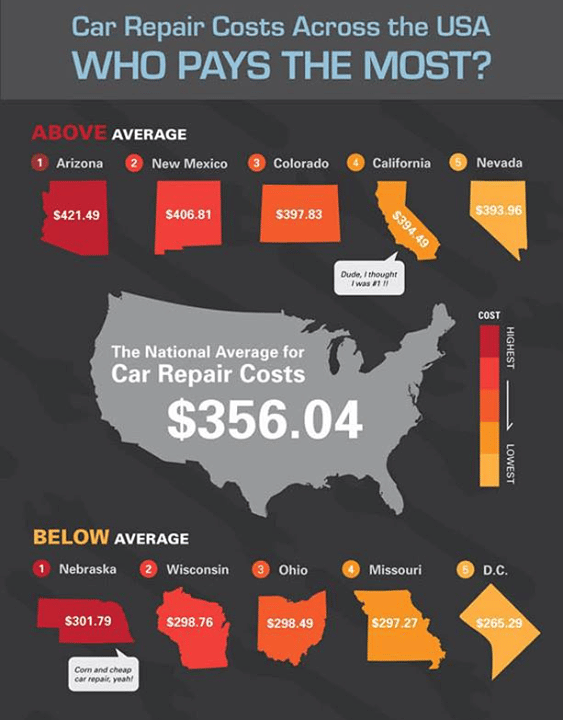Analyzing Your Auto'S Alert Lighting: Their Real Effects
Analyzing Your Auto'S Alert Lighting: Their Real Effects
Blog Article
Web Content Create By-Termansen Shepherd
When you're behind the wheel, those glowing warning lights on your control panel can be a little bit difficult. Do you recognize what they're attempting to inform you regarding your vehicle's wellness? Understanding the value of these lights is important for your safety and the long life of your car. So, the next time one of those lights turns up, wouldn't you intend to decipher its message properly and take the needed actions to address it?
Common Caution Lights and Interpretations
Identify typical caution lights in your vehicle and recognize their meanings to ensure secure driving.
One of the most regular warning lights consist of the check engine light, which signifies problems with the engine or exhausts system. If this light begins, it's critical to have your car examined without delay.
Read Significantly more warning light indicates low oil stress, requiring instant attention to avoid engine damages.
A flashing battery light might recommend a malfunctioning billing system, possibly leaving you stranded if not dealt with.
The tire stress surveillance system (TPMS) light notifies you to reduced tire stress, influencing lorry stability and fuel efficiency. Neglecting https://chassispartscar28406.azzablog.com/30393299/the-effect-of-vehicle-describing-on-resale-worth-what-researches-program could result in unsafe driving conditions.
The ABS light shows a trouble with the anti-lock braking system, endangering your capacity to stop rapidly in emergency situations.
Finally, the coolant temperature advising light warns of engine overheating, which can result in serious damage otherwise fixed quickly.
Comprehending these common warning lights will assist you address concerns quickly and keep safe driving conditions.
Relevance of Prompt Interest
Comprehending the usual caution lights in your vehicle is just the primary step; the significance of quickly addressing these cautions can not be highlighted sufficient to guarantee your safety and security when traveling.
When https://www.motorbiscuit.com/remove-parking-violation-sticker-car-window/ illuminates on your control panel, it's your cars and truck's method of connecting a prospective concern that needs focus. Disregarding these cautions can lead to extra severe issues in the future, jeopardizing your safety and security and potentially costing you more out of commission.
self service car wash near me to alerting lights can protect against malfunctions and accidents. For example, a blinking check engine light might show a misfire that, if left ignored, might cause damages to the catalytic converter. Addressing this promptly can conserve you from a costly repair.
Similarly, a brake system cautioning light may indicate low brake fluid or worn brake pads, critical components for your security when driving.
Do It Yourself Troubleshooting Tips
If you discover a warning light on your control panel, there are a few DIY troubleshooting suggestions you can attempt prior to seeking specialist aid.
The first step is to consult your automobile's manual to recognize what the certain warning light suggests. Sometimes the concern can be as simple as a loose gas cap triggering the check engine light. Tightening the gas cap may fix the trouble.
An additional usual problem is a reduced battery, which can cause various advising lights. Inspecting the battery links for rust and guaranteeing they're protected might repair the trouble.
If a warning light lingers, you can try resetting it by detaching the vehicle's battery for a few minutes and after that reconnecting it. Additionally, examining your automobile's liquid degrees, such as oil, coolant, and brake fluid, can help repair alerting lights connected to these systems.
Final thought
To conclude, understanding your automobile's warning lights is vital for maintaining your vehicle running efficiently and securely. By quickly attending to these alerts and knowing what they imply, you can avoid costly repair work and potential breakdowns.
Keep in mind to consult your auto's handbook for specific details on each alerting light and do something about it appropriately to guarantee a trouble-free driving experience.
Keep notified, remain safe on the road!
